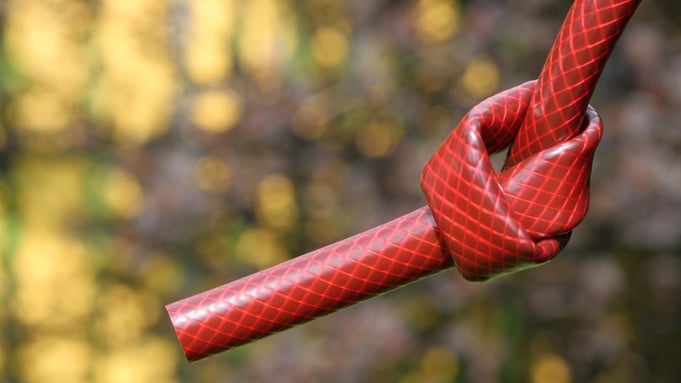
Various amounts of water are added within brick and tile manufacturing depending upon which process route you choose. A stiff extrusion may have water content as low as 10% while a soft mud factory may be as high as 30%. With hand made and water-struck products, this water addition value may even go higher. However, although these levels of water may be advantageous for manufacturing, they still require to be driven out during the drying process to enable the products to be fired.
REDUCING WATER IN THE MANUFACTURING PROCESS
Firstly, what are the benefits of reduced water in the manufacturing process?
- Reduced drying times enabling faster throughput with reduced energy costs
- Reduction in overall process manufacturing costs
- Improved handling and reduced product deformation decreasing drier cracks and losses during transportation.
Secondly, how can we reduce the water content without hindering the production process?
- The introduction of more plastic - or increased workability - clays. This can be costly and may require changes to the recipe and process and, in some instances, it can even increase water demand.
- Change of the current body formulation and introduction of more inert/non-plastic clays. They open the body up to allow water evaporation quicker, but too much can reduce the bodies' actual plasticity and have an increased detrimental effect.
- Actual optimization of water addition – manually reduce water content in each process
However, all the above options require increased resources, time and, to an extent, increased costs and have proven at times not to give the desired results.
BENEFITS OF CLAY ADDITIVES
Another alternative available to the manufacturer is to use clay additives, which have been proven to give positive results - almost straight away – when used in production.
- When mixing clays with water, the clay conditioner acts as a wetting agent. It reduces surface tension and promotes a more homogeneous mixing. With this better flow of particles, the structure of the clay mass is more even, reducing distortions or cracking after drying.
- In shaping, the additive promotes better flow of the mix particles when a force is applied, and it reduces friction between the clay mix and the applied force (press, extruder, etc.). This lower friction promotes a reduction of:
- added water
- electrical energy input
- heat generation
- external lubrication
The consequence is higher output rates and extended working life of wearing parts.
- Reduced water means less heat input for drying and/or faster drying cycles
- Immediately water starts leaving the clay article the clay conditioner begins to promote increased bond strength resulting in a faster rate of strength gain. With this faster rate, the clay articles become more resistant to handling stresses sooner, thereby reducing losses during wet transportation.
- In drying, the additive increases the breaking strength of the clay and through the formation of a surface layer hardens the edges and other vulnerable points. This increased strength will also reduce handling losses between setting and de-hacking and reduce re-absorption of water from the atmosphere.
Read more: Increasing Extrusion Rate in Brick and Roof Tile Manufacturing





